Pentax’s road to full-frame has been long, winding and not without a few wrong turns. But it could all have been so different.
Way back in 2000, when the 21st Century was just beginning to find its feet and photography journalists were starting to get used to putting a ‘D’ into ‘SLR’, Pentax announced that it was making a full-frame (D)SLR. Had it shipped, that camera – which was developed out of the company’s then-flagship film model the MZ-S – would have predated anything from Canon, Nikon, Kodak or (unthinkable at the time) Sony. And Contax, too, but the less said about that, the better.
Ambitious, powerful, innovative and ultimately doomed, the original Pentax full-frame DSLR was in some ways the Spruce Goose of cameras, but tragically it never even achieved the short, thrilling first and final flight of Howard Hughes’ most famous creation.
 |
 |
| The progenitor. The original, unnamed Pentax full-frame DSLR, which was to be based around a 6MP Phillips CCD sensor, and was originally intended to ship in spring 2001. |
Officially, the camera (which has become known as the MZ-D) was canceled due to concerns over cost, but it’s likely that the poor performance of the sensor (which made it into the very poorly received Contax N1) played a part. |
Instead, like Hughes himself the camera withdrew from public view amid a swirl of rumors. Whispers around the glass case at PMA in 2001 hinted at problems with the troubled 6MP Phillips CCD sensor (later confirmed in the woeful Contax N1). The camera would be too costly to produce, became the official line. The brash confidence behind its announcement at Photokina the previous autumn faded into memory. Meanwhile, Pentax’s projected ship date of spring 2001 came and went, and other full-frame cameras stole the headlines. A nurse was called for, the screens were drawn, and they remained drawn for almost 15 years.
And we never even knew its name.
Over time, people forgot about the Pentax full-frame DSLR. Pentax representatives (and later, representatives from Hoya and Ricoh) didn’t seem to like talking about it, when they admitted to remembering it at all. A whole generation of tech journalists emerged whose only experience of full-frame photography with a Pentax camera was that one roll of film they tried to put through that old K1000 they found in a junk shop that time.
And Pentax moved on.
In 2003, Pentax created the *ist D, its first APS-C DSLR and in 2005, the company announced that it was leapfrogging full-frame altogether in favor of developing a medium-format DSLR. A couple of years later and with no shipping MF camera in sight, the company was acquired by Hoya. Shortly after the takeover we heard that actually, medium format digital was no longer a priority, but two years after that, in 2010, the 645D – with updated specs in the five years since its development was first announced – was officially unveiled.
In 2011, a full ten years after the original Pentax full-frame DSLR should have shipped, the company was bought again, this time by Ricoh.
 |
| The original 645 model, the 645D, saw Pentax branching out into the medium format digital market. The 645Z, which succeeded the original 645D, has proven very popular. |
And all the while, through the course of two buyouts, Pentax was doing what it did best – creating a string of capable, solid, workman-like DSLRs and compact cameras that attracted a small and loyal customer base but which didn’t do much to bother the fortunes of the bigger players in the camera market. The company’s one and (so far) only large-sensor mirrorless camera, the K-01, was not a success, but the medium format 645D did well and was followed by the excellent 645Z. It seemed for a while that with some solid differentiators in the APS-C and medium format spaces, Pentax didn’t really need to create a full-frame camera.
But now, almost 16 years after that fated Photokina announcement, that’s exactly what Pentax (or rather Ricoh) has done.
‘So why now, and who is the K-1 for?’
So why now? Ricoh claims that the timing is very deliberate. The company seems to recognize that after the late-2000s its chances of making a meaningful dent in the full-frame market were very slim. After leaving the full-frame space to its competitors for more than a decade, it made more sense for Ricoh to attack the much less competitive medium format digital market, and position the Pentax brand as a serious but affordable player in a marketplace that for years has been dominated by stupendously expensive systems from Hasselblad, Phase One and others.
Meanwhile, although Ricoh / Pentax never managed to wrest a particularly big share of the APS-C market from its competitors, cameras like the K-3 II quietly introduced a host of impressively innovative features. These days we take image stabilization for granted, but Pentax deserves credit for iterating on the basic principle of in-body stabilization over several generations of DSLRs, ultimately leading to the various imaginative and effective sensor-shift features that grace the K-3/II and, now, the new K-1.
 |
| The K-1 becomes the first conventional DSLR to offer a stabilized full-frame sensor. But as well as image stabilization, the K-1’s sensor can also be shifted by minute degrees for higher color resolution capture, AA filter simulation, and star tracking. |
So after all this time, who is the K-1 for? In conversations with DPReview, Ricoh representatives have never tried to deny the fact that after 15 years of inactivity in the full-frame space, a lot of their customers (especially semi-professional and professional photographers) have defected to Canon, Nikon and Sony. But some of these professionals have rediscovered Pentax – and others have discovered it for the first time – thanks to the 645D and 645Z.
When I spoke to Kazunobu Saiki, general manager of Ricoh’s Marketing and Communication department last year in Japan, he told me that the company’s forthcoming full-frame DSLR was aimed at ‘our existing customers’. I.e. those new 645D/Z fans and a whole generation of DSLR photographers (especially in Asia) who love Pentax cameras for their features, pricing, and custom color options. Plus of course the ultra loyalists around the world who have stuck with the Pentax brand over the years and refused to switch systems in the hope that one day, a camera like the K-1 would eventually be produced. I know they’re out there. They send me emails.
‘The K-1 is primarily a camera for Pentax fans, and there’s nothing wrong with that at all.’
At this point in time, Mr Saiki’s strategy makes perfect sense. The K-1 is primarily a camera for Pentax fans, and there’s nothing wrong with that at all. It seems highly unlikely that anyone who’s been happily using a full-frame camera from another manufacturer for the past few years will suddenly throw it all away and buy a K-1. The K-1 looks like a pretty good camera, and $ 1800 is a pretty good price, but it’s still a considerable chunk of change, and that’s not including lenses.
And lenses, it seems to me, is where Ricoh has a real battle on its hands, not only in terms of attracting potential system switchers but (probably more importantly) also catering to its existing user base.
It has been 13 years since the last full-frame Pentax camera, and understandably, neither Pentax nor third-parties have had much incentive to release full-frame K-mount lenses in the intervening time.
The existing audience of digital Pentax users may very well have a collection of autofocus lenses for their DSLRs, but most are designed for the APS-C format (and many contain the notoriously troublesome SDM focus motor). They’ve got modern coatings, they’ll fit on the K-1, and some will offer almost a full-frame imaging circle. But like training wheels on a bicycle, I suspect that most self-respecting photographers will be keen to stop using them as soon as possible in favor of a more authentic, grownup experience. Why rumble along at 15MP when you could be enjoying 36?
 |
| I suspect that a lot of former Pentax users still have one of these in a closet somewhere – the 50mm F2 was bundled with mid-range Pentax SLRs in the 70s and 80s, and still gives ok-ish, more-or-less-acceptable performance on digital cameras. As long as you don’t look too closely, especially at the edges.
Before you leave an angry comment, I know there are plenty of better manual focus lenses in Pentax’s historical lineup (we just happened to have this one lying around the office), and the K-1 will work with pretty much all of them. |
But what about the legacy manual focus lenses? Ah yes. With decades of compatible K-mount lenses, Pentax users are very well-served. In theory. I have a collection of 70s and 80s-vintage Pentax primes, and I can’t wait to try them out on the K-1. Unfortunately, while putting old glass on high-resolution cameras is a lot of fun, it does tend to show up the defects in that glass pretty glaringly. There are some excellent lenses in Pentax’s historical lineup, but there is a very real risk that a zoom or even a prime that always delivered lovely 6×4 inch prints on film might not quite live up to customer expectations when paired with a 36MP sensor.
And unfortunately for the proud new K-1 owner, Pentax K-mount lenses are their only option. Like Nikon F, the Pentax K mount is old, and cursed with a particularly long flange-back distance. What this boils down to its that lenses from other mounts cannot be adapted to work on the K-1 (not without the addition of extra corrective elements, at any rate). So unlike the Sony a7R II, for instance, which will accept pretty much any lens you can think of, made by anyone, ever, with the correct adapter, that’s just not possible with the K-1.
‘Once you’ve bought a couple of lenses to go with your new K-1, that fairly reasonably $ 1800 has turned into a much, much bigger investment.’
Which for a quality-focused enthusiast K-1 owner arguably leaves only one genuinely safe option. Buy a set of new Pentax full-frame zoom lenses. The new 15-30mm and 24-70mm seem to perform well (they should do, since they’re most likely based on proven Tamron lenses with the stabilization mechanics removed and some proprietary coatings) and we enjoyed using the 70-200mm when we shot with the K-1 recently. But once you’ve bought a couple of lenses to go with your new K-1, that fairly reasonably $ 1800 has turned into a much, much bigger investment.
All that being said, I want the K-1 to succeed, and I think it deserves to. It’s truly innovative, bold, and represents a brave move by Ricoh (and one that I suspect was motivated by a certain amount of justifiable pride on the part of the engineers). To an extent, my investment in the K-1 is emotional. My first proper camera was a Pentax MX, and along the way I’ve owned various other Pentax cameras (including for a few brief, glorious weeks, an LX) all of which I have enjoyed. I was genuinely excited when Ricoh told us, some time ago now, that a full-frame Pentax DSLR was once more being prepared for launch. Hopefully this time it will get a little higher off the ground – and hey – at least this time it has a name.
Articles: Digital Photography Review (dpreview.com)





















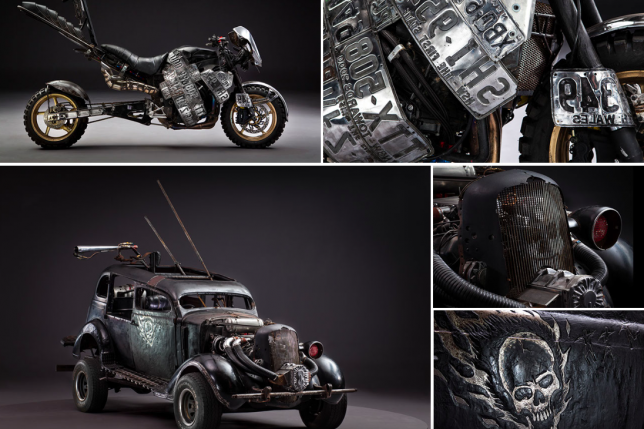


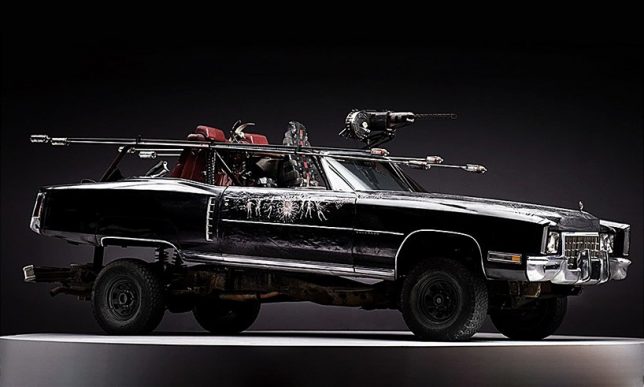












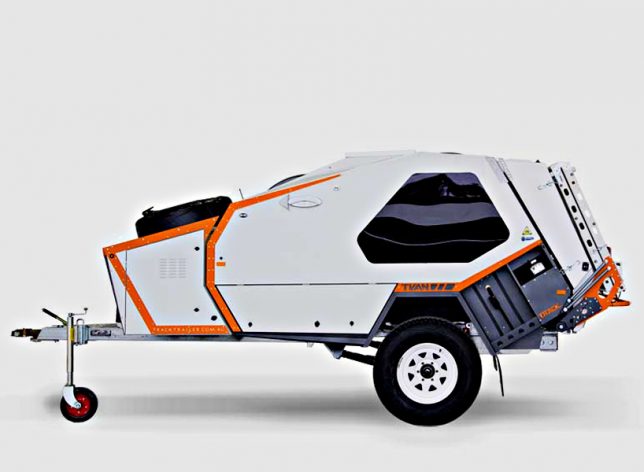



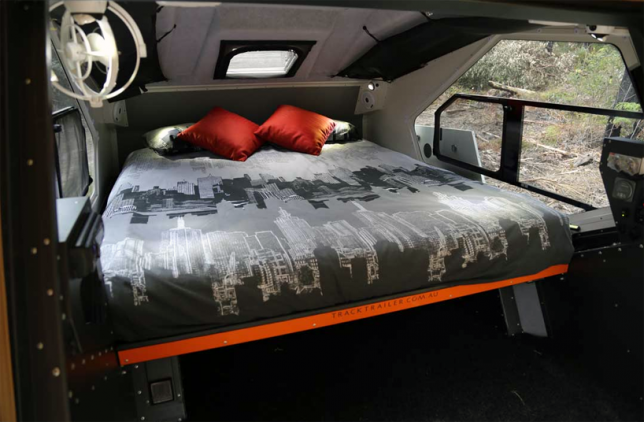



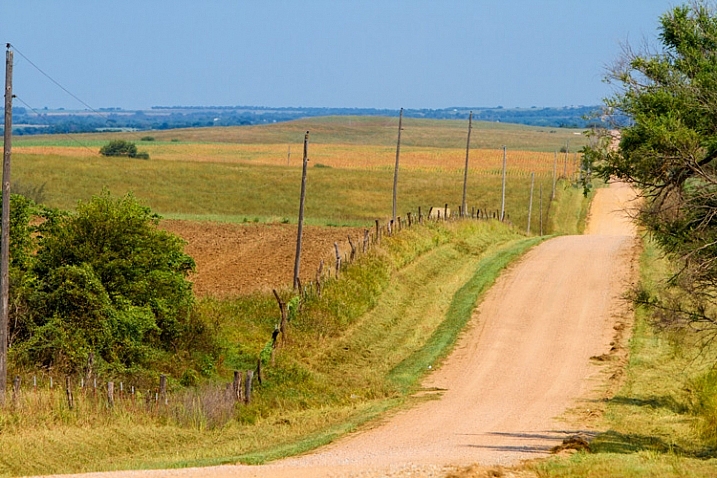
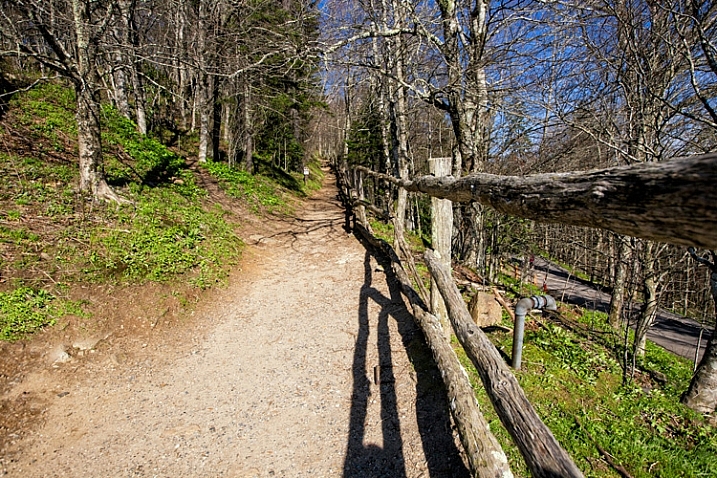


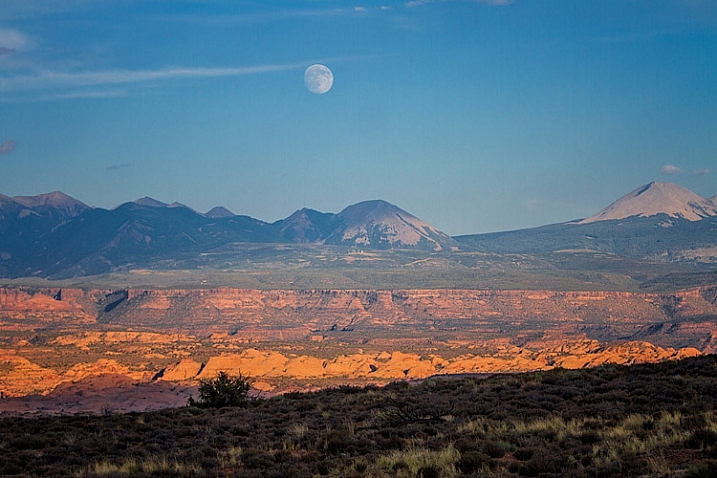





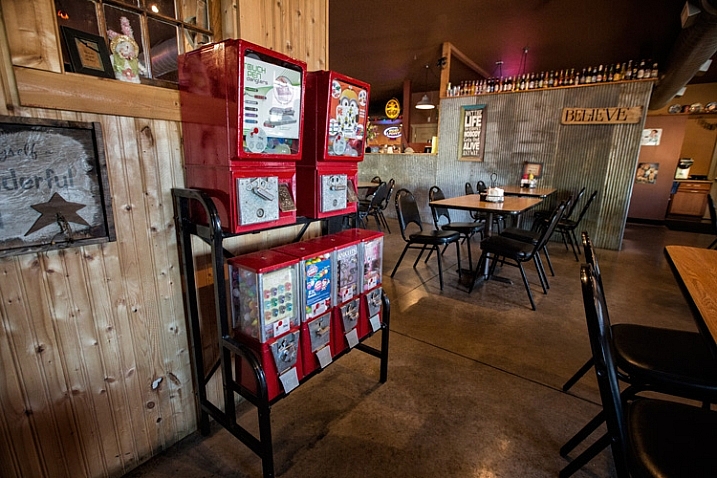
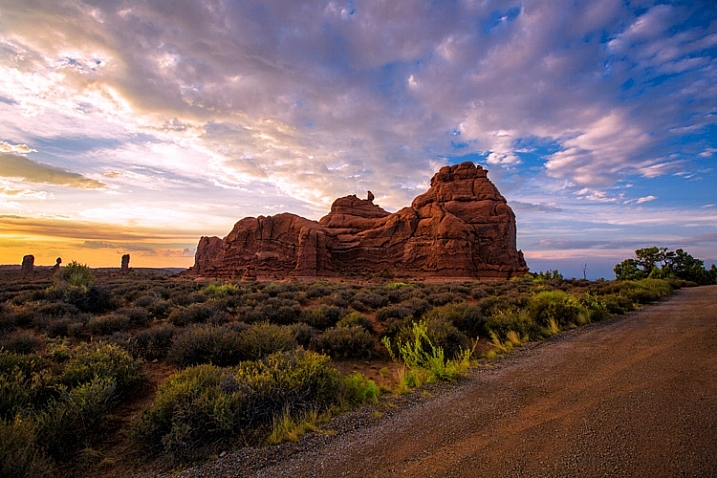







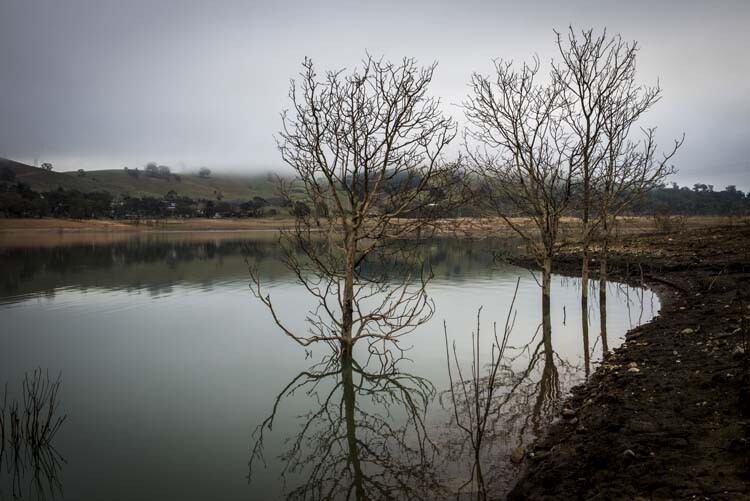

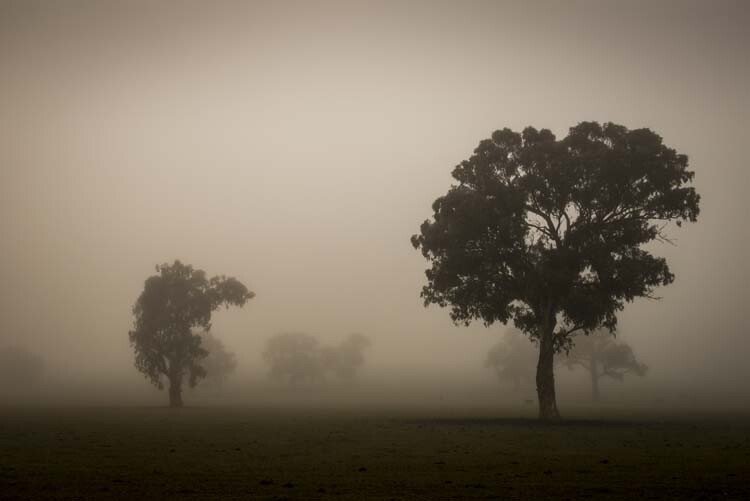



You must be logged in to post a comment.